Transformation and Opportunities in Environmental Protection Over the Next Decade
Over the next decade, the environmental protection industry is poised to undergo profound transformations and experience significant growth, particularly in China. This development will be driven by several key trends that are likely to shape the future direction of this sector.
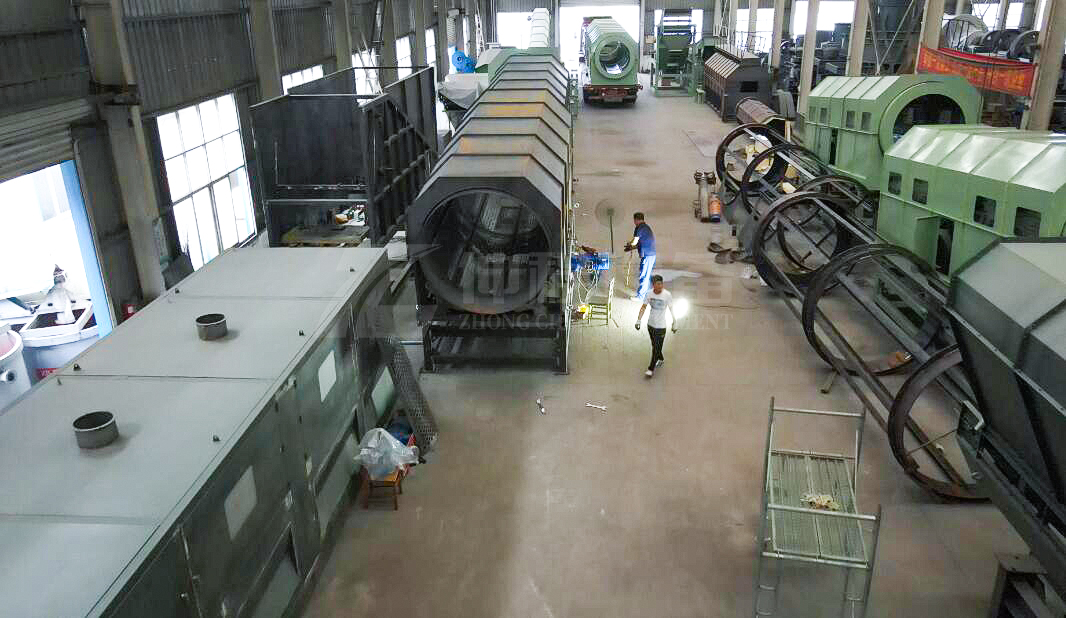
1. Policy Support and Regulatory Strengthening
Government policy will remain a pivotal force behind the advancement of the environmental protection industry. The Chinese government has set ambitious goals for ecological civilization construction and sustainable development. With the ongoing implementation of the "14th Five-Year Plan" and subsequent policies, stricter emission standards and carbon peak and neutrality action plans will continue to provide robust support for the industry. These policies aim to achieve substantial improvements in the environment by 2035, creating vast market opportunities for environmental protection enterprises.
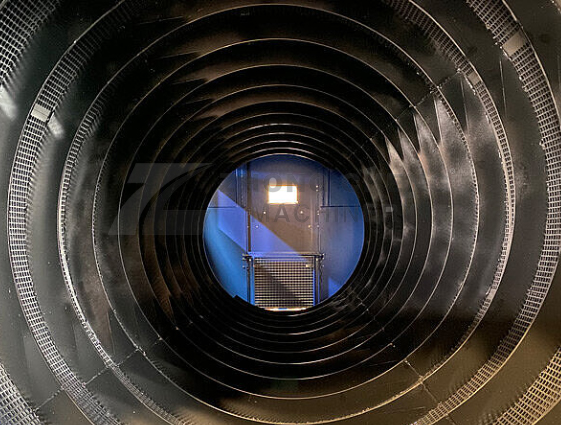
2. Technological Innovation Leading to Industrial Upgrading
Technological innovation will serve as the core driver for upgrading the environmental protection industry. Emerging technologies such as the Internet of Things (IoT), big data, artificial intelligence (AI), and blockchain are expected to revolutionize how we monitor, manage, and mitigate environmental impacts. For example, smart sensor networks can enable real-time pollution monitoring, while AI-driven algorithms can optimize waste management and resource recovery rates. Moreover, breakthroughs in green and low-carbon technologies—such as electric vehicles and energy-efficient equipment—are anticipated to see explosive growth.
3. Shift from End-of-Pipe Treatment to Whole-Process Management
Traditionally, environmental efforts have focused on cleaning up pollution after it occurs. However, the trend is shifting towards prevention at the source and the adoption of clean production and circular economy models throughout the entire production process. Companies will not only need to meet national pollutant emission limits but also explore ways to reduce raw material consumption and lower energy costs, achieving a win-win situation between economic and social benefits.
4. Emergence of Diversified Service Models
As market demands evolve and technology advances, there will be a shift away from single-product sales or project contracting towards more comprehensive service offerings. Contract Environmental Services (CES) and other integrated solution providers will gain prominence, offering consulting, design, construction, and operation services. This approach allows third-party experts to participate in daily operations, assisting companies in better fulfilling their social responsibilities and enhancing competitiveness.

5. Deepening International Cooperation
In a globalized context, Chinese environmental protection enterprises will increasingly engage in international competition and cooperation. On one hand, they will import advanced technologies and management practices from abroad; on the other hand, they will leverage initiatives like the Belt and Road to expand into overseas markets. Particularly in addressing climate change, multinational projects and collaborations are expected to increase, working together to tackle global environmental challenges.
In summary, over the next decade, the environmental protection industry in China will face both internal reform pressures and external market opportunities. Only those enterprises that can keep pace with the times and dare to innovate will stand out in this prolonged battle, achieving victory in this critical period of development.
-
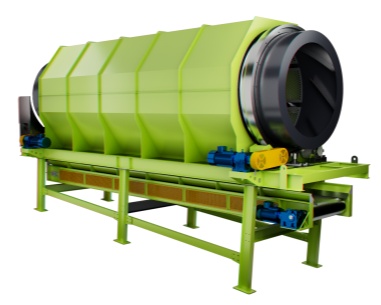 Trommel screenTrommel screen, also known as drum screens, are widely used in various industries for sorting and separating materials.Get Quote
Trommel screenTrommel screen, also known as drum screens, are widely used in various industries for sorting and separating materials.Get Quote -
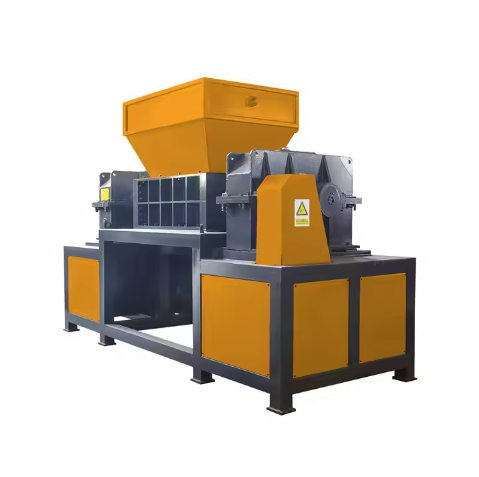 Crop straw double shaft shreddApplications:Biomass Energy Production: Shredded straw can be used as a feedstock for bioenergy plants to produce electricity or heat.Livestock Feed: Reduced-si...Get Quote
Crop straw double shaft shreddApplications:Biomass Energy Production: Shredded straw can be used as a feedstock for bioenergy plants to produce electricity or heat.Livestock Feed: Reduced-si...Get Quote -
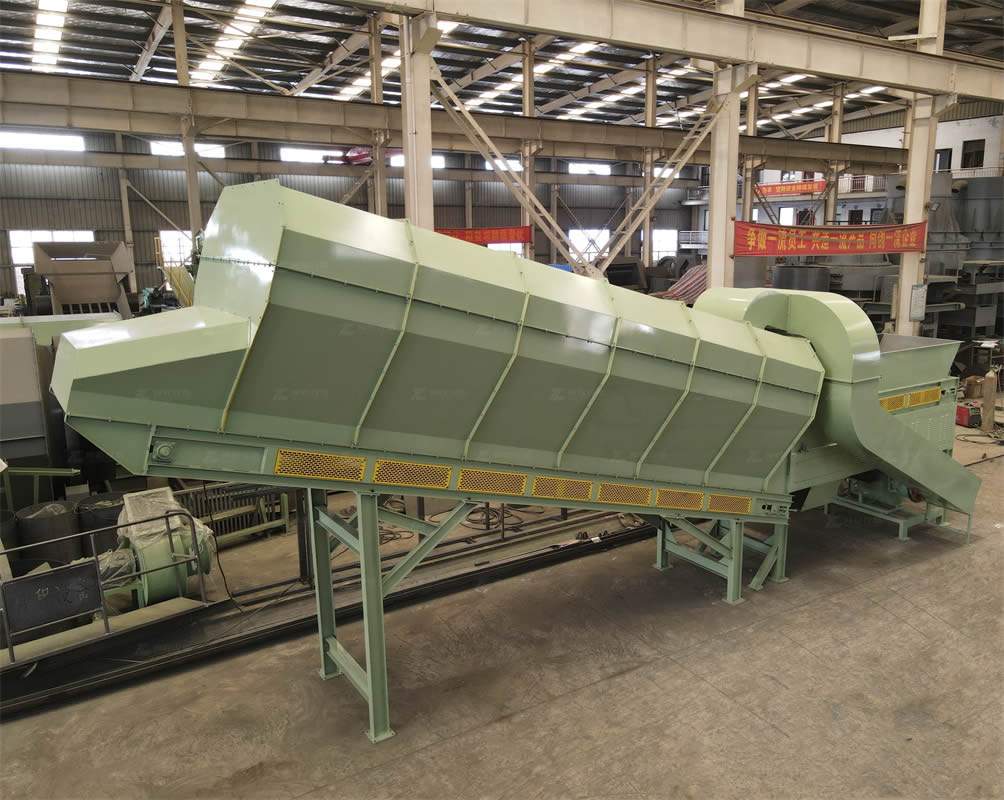 Zhongcheng Air Drum SeparatorAir drum separators effectively separate lightweight materials (e.g., plastics, paper) from heavier materials (e.g., metals, glass). This high efficiency is cru...Get Quote
Zhongcheng Air Drum SeparatorAir drum separators effectively separate lightweight materials (e.g., plastics, paper) from heavier materials (e.g., metals, glass). This high efficiency is cru...Get Quote
-
2024-06-05Can the Angle of the Ballistic Separator Be Adjusted?Ballistic separator is a type of mechanical sorting device used primarily in the recycling industry to separate materials based on their physical properties. It...
-
2023-01-12Disc ScreenDisc screen, also known as a disc scalping screen, is a mechanical device used to separate materials based on size. It is commonly used in industries such as wa...
-
2024-05-20Mobile Impact Crusher PlantThe mobile impact crusher plant is a kind of crushing equipment based on a mobile platform. It uses an impact crusher as the host machine and is usually equippe...
-
2024-06-05Waste Trommel And Copmost TrommelHowever, it's important to choose the right type of drum screen based on your specific needs. Today, Kevin from Zhongcheng Company will explain the differences...
-
2024-07-16Drum screen garbage processing machine for msw recyclingManaging municipal solid waste (MSW) efficiently is crucial for urban areas. Drum screen garbage processing machines are a game-changer in this field. They ensu...



